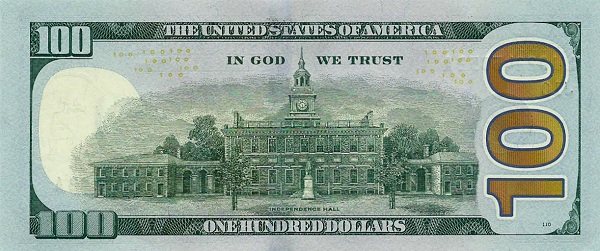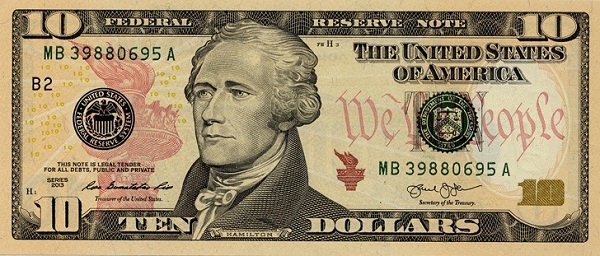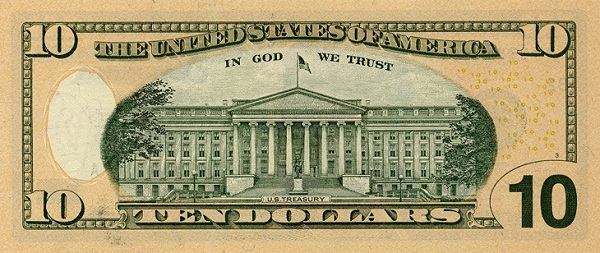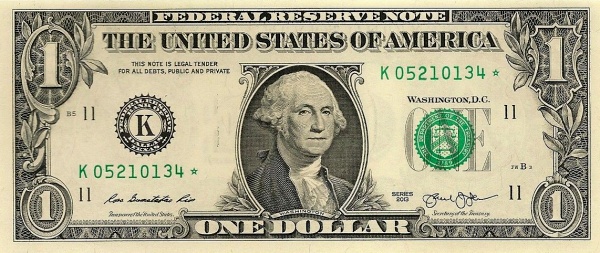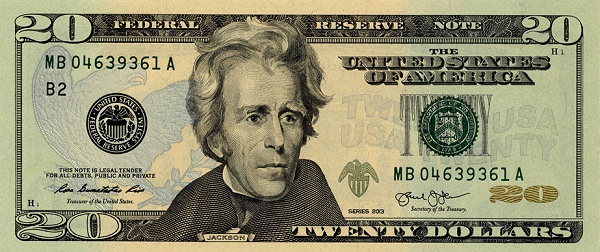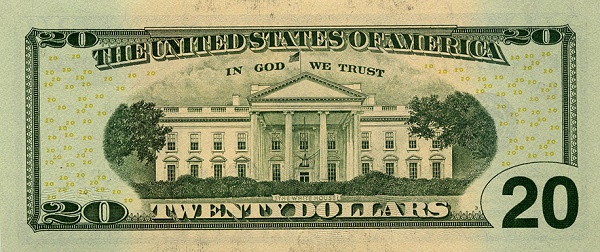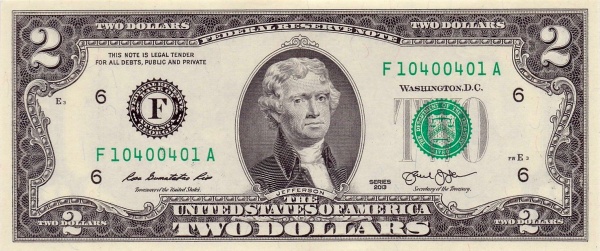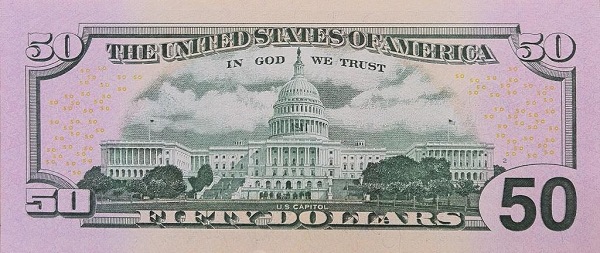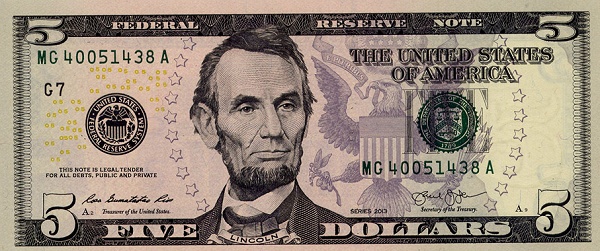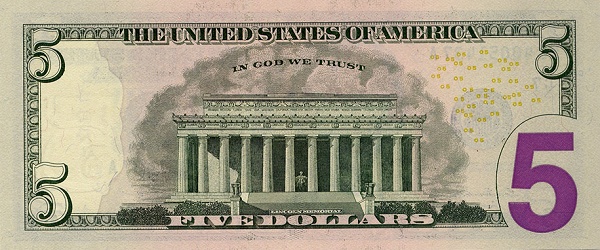Ecuador: A Captivating Republic in South America
Ecuador, a stunning republic nestled in northwestern South America, boasts an array of breathtaking landscapes and rich cultures. The country is cradled by the Pacific Ocean to the west, Colombia to the north, and Peru to the southeast and south. Moreover, it shares maritime borders with Costa Rica. Covering a total area of 283,561 km², Ecuador presents a land slightly smaller than Italy, which spans 301,318 km², or about the same size as the U.S. state of Nevada. This geographical diversity sets the stage for a journey filled with natural wonders and cultural richness.
Galapagos Islands: Nature's Masterpiece
The world-famous Galapagos Islands, an extraordinary archipelago of volcanic origin, lie approximately 926 kilometers (575 miles) west of Ecuador's mainland. These enchanting islands serve as a province of Ecuador and attract nature enthusiasts from every corner of the globe. The unique wildlife and diverse ecosystems found here inspired Charles Darwin's theory of evolution, making the Galapagos a vital environmental treasure. Visitors can encounter giant tortoises, diverse bird species, and vibrant marine life that thrive in this exceptional natural habitat.
A Glimpse into Ecuador's Rich Cultural Heritage
Long before the Inca Empire conquered the region in the 15th century, advanced indigenous cultures flourished in Ecuador. In 1534, the Spanish arrived, leading to the defeat of the Inca armies and the subsequent integration of various indigenous communities. The historic blend of these cultures is palpable today, showcasing a vibrant tapestry of traditions, languages, and cuisines. The "Republic of the Equator," as Ecuador is often called, emerged in 1830 after the disintegration of Gran Colombia, along with Colombia and Venezuela.
Government and Independence
Today, Ecuador functions as a republic. The nation declared its independence from Spain on May 24, 1822, establishing its sovereignty. The current constitution, in effect since August 10, 1998, reflects the evolving needs of its citizens. Interestingly, the nation faced territorial challenges throughout the 20th century, especially between 1904 and 1942, as it lost lands in various conflicts with neighboring countries. A border dispute with Peru, which reignited in 1995, finally concluded in 1999, fostering a more stable regional relationship.
Geographical Features of Ecuador
Geographically, Ecuador's location in western South America adds to its allure. It shares its borders along the Pacific Ocean, sitting perfectly at the equator. The country's terrain exhibits a diverse landscape encompassing lush jungles east of the Andes, fertile coastal plains to the west, and elevated valleys that evoke awe amid the mountainous center. Furthermore, the coastal areas teem with life while the archipelago of volcanic islands in the Pacific Ocean offers captivating vistas.
Climate Variations Across the Regions
The climate in Ecuador varies significantly across its regions. In the mountainous valleys, a mild climate prevails throughout the year, providing perfect conditions for agriculture. Conversely, the lowland areas along the coast and in the Amazon jungle experience tropical heat and humidity, offering a stark contrast. This climatic diversity showcases the remarkable adaptability of Ecuador’s flora and fauna.
Understanding Ecuador's People
Arguably, the heart of Ecuador lies in its people. With a population of approximately 16.7 million (as of 2017), the Ecuadorian nationals reflect a rich ethnic mosaic. The majority, around 65%, are Mestizo, which signifies mixed Indigenous and Spanish heritage. Furthermore, Indigenous people make up about 25% of the populace, while Caucasian and others comprise roughly 7% along with 3% identifiable as African. The predominant religion in Ecuador is Roman Catholicism, accounting for 80% of the population, yet freedom of faith is respected, allowing various beliefs to coexist.
Languages Spoken in Ecuador
Spanish serves as the official language of Ecuador, but the country is home to several indigenous languages. Quichua, a dialect of the Quechua language, holds significant cultural importance and reflects the nation's rich heritage. Approximately 90% of the populace can read and write, showcasing Ecuador's emphasis on education and development.
Natural Resources and Agriculture
Ecuador's abundant natural resources significantly contribute to its economy. Primarily, the country boasts petroleum, fish, timber, and hydropower. The agricultural sector plays a vital role as well, with products like bananas, coffee, cocoa, rice, and potatoes in high demand. Furthermore, livestock farming—encompassing cattle, sheep, pigs, and dairy products—continues to flourish. The golden hue of sugarcane and the vibrant greens of plantains enrich the country's agricultural landscape.
Economic Landscape: Exports and Imports
Ecuador's economy thrives on exports, particularly in commodities such as petroleum, bananas, and shrimp. Among its primary trading partners, the United States stands out, absorbing about 39.5% of Ecuador's exports. Other significant partners include Chile (6.2%) and Peru (5.1%). On the imports side, Ecuador primarily relies on industrial materials, fuels, and consumer goods; again, the USA leads as the largest supplier.
Even More Interesting Facts About Ecuador
Beyond its stunning landscapes and rich culture, Ecuador captivates with its unique biodiversity. The country holds a record for hosting an impressive variety of plant and animal species, many of which are endemic. Additionally, Ecuador is home to fascinating traditional festivals like Inti Raymi, celebrating the sun god, and the colorful Carnival, which sparks joy and showcases the rich cultural heritage of the nation.
Ultimately, Ecuador offers a distinctive blend of natural beauty, cultural depth, and historical significance. Visitors and residents alike cherish the country's unique charm, which continues to inspire exploration and admiration. With each venture into Ecuador, new adventures and discoveries await, beckoning travelers from around the world to experience the magic of this remarkable nation.
Largest cities of: Ecuador
| City Name | Population | Year of foundation | |
| Quito | 2,000,000 | 1534 | |
| Guayaquil | 3,000,000 | 1537 | |
| Durán | 300,000 | 1951 | |
| Machala | 200,000 | 1776 | |
| Esmeraldas | 200,000 | 1537 | |
| Manta | 200,000 | 1534 | |
| Ambato | 200,000 | 1980 | |
| Samborondón | 180,000 | 1990 |
Ecuador: Money

